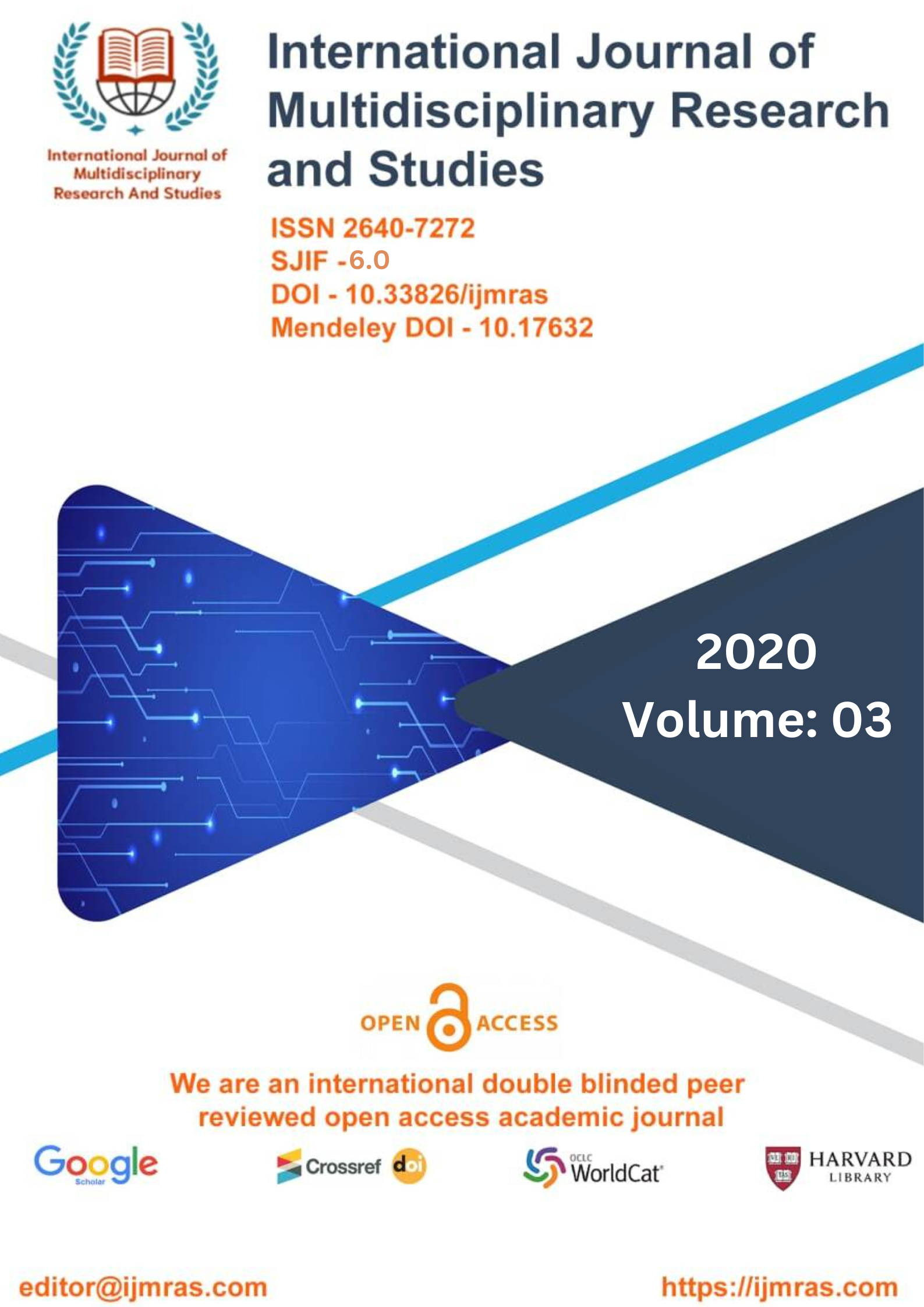A study of agronomical practices for cultivation of selected plants for better yield

Abstract
Recent gains in crop yield may be primarily attributed to many factors, the most important of which are advancements in breeding and agronomy, as well as modifications to the spatial and temporal organization of crop production within agricultural systems. It is a widely held belief that one of the key variables that leads to higher productivity is the interaction that takes place between breeding and agronomy. For instance, dwarfing genes in cereals resulted to a physiological improvement in the grain/stem partitioning of dry matter, which had direct ramifications for yield. This improvement allowed for a greater proportion of grain to stem dry matter. When compared to previous, taller cultivars, these genes made it possible to apply larger rates of nitrogen fertilizer while simultaneously minimizing the danger of lodging. This was made possible by the combination of the two factors. It is vital to highlight that grass herbicides were necessary in order to take advantage of the benefits afforded by short-stature grains in automated production systems. This is something that should not be overlooked.
Keywords
agronomical, practices, cultivation, plants, physiologicalHow to Cite
References
Abbate, P. E., Dardanelli, J. L., Cantarero, M. G., Maturano, M., Melchiori, R. J. M. & Suero, E. E. 2004. Climatic and water availability effects on water-use efficiency in wheat. Crop. Sci. 44, 474-483.
Akaike, H. 1973. 2nd International Symposium on Information Theory (eds B.N. Petov & F. Csaki) 267-281.
Andrade, F. H., Sadras, V. O., Vega, C. R. C. & Echarte, L. 2005. Physiological determinants of crop growth and yield in maize, sunflower and soybean: their application to crop management, modelling and breeding. J. Crop Improv. 14, 51-101.
Angus, J. F. & van Herwaarden, A. F. 2001. Increasing water use and water use efficiency in dryland wheat. Agron. J. 93, 290-298.
Asrar, G., Myneni, R. B. & Choudhury, B. J. 1992. Spatial heterogeneity in vegetation canopies and remote-sensing of absorbed photosynthetically active radiation - a modeling study Remote Sensing of Environment 41, 85-103, doi:10.1016/0034- 4257(92)90070-z.
Asseng, S., Turner, N. C. & Keating, B. A. 2001. Analysis of water- and nitrogen-use efficiency of wheat in a Mediterranean climate. Plant Soil 233, 127-143.
Bai, J., Chen, X., Dobermann, A., Yang, H., Cassman, K.G. & Zhang, F. 2010. Evaluation of NASA Satellite- and Model-Derived Weather Data for Simulation of Maize Yield Potential in India. Agron. J. 102, 9-16, doi:10.2134/agronj2009.0085 (2010).
Baret, F. & Guyot, G. 1991. Potentials and limits of vegetation indexes for LAI and APAR assessment. Remote Sensing of Environment 35, 161-173, doi:10.1016/0034- 4257(91)90009-u.
Bastiaanssen, W. G. M. & Ali, S. 2003. A new crop yield forecasting model based on satellite measurements applied across the Indus Basin, Pakistan. Agric. Ecosyst. Environ. 94, 321-340, doi:10.1016/s0167-8809(02)00034-8.
Bastiaanssen, W.G.M. & Chandrapala L., 2003. Water balance variability across Sri Lanka for assessing agricultural and environmental water use, Agricultural Water Management 58(2): 171-192
Bastiaanssen, W.G.M., I.J. Miltenburg and S.J. Zwart, 2010. Global-WP, modelling and mapping global water productivity of wheat, maize and rice, report to FAO NRL Division, index 3029203, Rome, Italy: 118 pp.
Bathia, V. S., Singh, P., Wani, S. P., Kesava Rao, A. V. R. & Srinivas, K. 2006. Yield gap analysis of soybean, groundnut,
License
Copyright (c) 2020 ALOK KUMAR

This work is licensed under a Creative Commons Attribution 4.0 International License.
Individual articles are published Open Access under the Creative Commons Licence: CC-BY 4.0.



